Table of Contents[Hide][Show]
Once I exited my teenage years I mastered the art of maintaining clear, healthy looking skin. It was a beautiful, short-lived dream life that came to a halt at the completion of my 29th year. Many areas of my previously supple skin, had began to transition into what reminded me of small swatches of papier-mâché.
The luminous skin that often garnered compliments, was now dull and experiencing breakouts… again. All of these changes didn’t happen overnight. But the progressive consistency of these changes made it difficult to find and maintain a skin regimen. Re-learning how to care for my skin, lovingly nicknamed the “Temperamental Tyrant”, was an extremely frustrating experience.
Everything you need to know about skin purging
During my search for a routine that works best for my skin, I experimented with more products than I can remember. I had my first “skin purging” experience, but initially had no idea what was happening to my skin. I wrote it off as a routine skin break out.
It wasn’t until I spoke to a friend of mine about what was happening to my skin, that I learned about skin purging. I didn’t believe what she was saying until I did my research.
Differentiating between skin purging and a breakout was not easy for me to do. But eventually I learned.
What is Skin Purging?
If you’ve used a product that contains retinol, glycolic acid, or any similar active ingredient, the directions may have advised you to incrementally increase how often you use the product. The reason for this directive is to allow your skin time to adjust. When the skin is adjusting, you might see what appears to be a skin breakout.
Microcomedones – dead skin cells that clog pores and cause pimples, blackheads, whiteheads, etc – cause blemishes more rapidly. A breakout that may normally take 2 weeks to occur, may happen in one week. And the irritation may be more intense. This is because of the pace the skin is shedding and creating new cells.
What Are Signs of Purging
Purging can look very similar to your typical breakout. The intensity of the breakout after starting a product will result in a higher concentration of breakouts in areas of the face, where pre-existing blemishes are forming—especially if this is occurring in an area other than your normal “breakout zone.”
Always keep in mind the ingredients of a product when blemishes appear on your skin. If it is a skin purge, active ingredients will temporarily worsen your skin’s appearance before it restores it to a healthier one.
common causes of skin purging
Here’s a short list of active ingredients to get you started with your own research: glycolic acid, salicylic acid, hydroxy acids, products with a high content of linoleic acid, ascorbic acid, ascorbyl palmitate, topical retinoid, and retinyl palmitate.
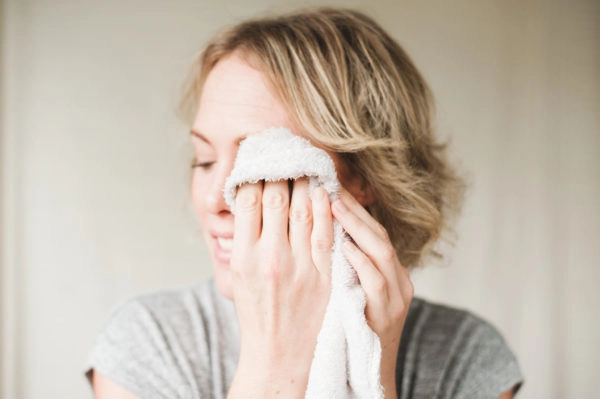
how you can help purging skin
If you suspect your skin is purging, below are a few helpful practices to care for your skin:
1. Start Slow, Then Increase Use
If a lower concentration of a product is an available option, that is a better starting option. It’s also a helpful practice is to reduce the frequency you use the the product. For example, if you are using the product twice a day three times a week, reduce use to once a day twice a week.
As you notice your skin is purging less and improving, you can gradually increase your use of the product. In some cases, you can also increase the concentration. Always track your skin’s progress.
2. Hydration Nation
Keeping your skin hydrated during this time is extremely important. Properly moisturized skin can help with your skin’s recovery. Humectant rich moisturizers are preferred, as they are gentle on the skin.
The reason for the “preferred” status: humectants are the moisturizers that both hold water, and maintain skin’s moisture. You can think of humectants like tiny self-watering planters located on your skin, helping to keep it moisturized.
A few commonly known humectants found in skin products are honey, aloe vera, and glycerin.
3. Delicately Cleanse The Skin
When washing your face, try using cool water. Hot water can feel great, but it can sometimes be more of an irritant, making your skin more susceptible to the effects of the cleaning agents. In addition to using cooler water, use products that moisturize as well as clean.
Another helpful tip—when searching for a cleanser, finding one with a lower ph is less damaging to the skin. PH levels of 6 or less are ideal. Over cleansing the skin is also a “no-no” when your skin is purging. Start with cleansing once a day. Monitor your skin and limit your use of cleanser based on your skin’s response.
4. Protect your skin from the sun
Sunscreen is the final step after your skin care routine is complete. Too much sun exposure can be harmful to healthy skin. Inflammation and skin rashes are a common occurrence. Unprotected skin during purging can make matters worse. The skin is more sensitive will likely respond more negatively. Be sure to use a sunscreen every time you leave your home and reapply as needed.
notice what your skin responds to
The main takeaway from this process is to monitor your skin and the ingredients you are using, and time will dictate whether your skin is purging or having a breakout. Be patient and mindful of your skin’s progress. You’ll eventually learn what’s necessary for maintaining your skin’s health and appearance.
Sources
https://www.ncbi.nlm.nih.gov/pubmedhealth/PMHT0025360/
https://onlinelibrary.wiley.com/doi/abs/10.1111/j.1368-5031.2005.00695.x
https://onlinelibrary.wiley.com/doi/10.1002/9781118357606.ch19
https://www.tandfonline.com/doi/abs/10.1080/09546630310012037
https://www.mayoclinic.org/diseases-conditions/acne/symptoms-causes/syc-20368047
https://en.wikipedia.org/wiki/Humectant
https://onlinelibrary.wiley.com/doi/full/10.1111/j.1396-0296.2004.04S1006.x
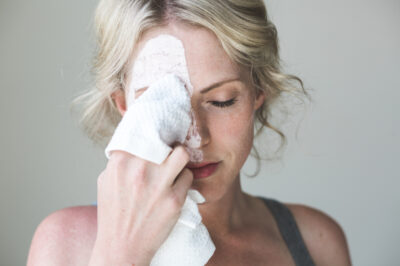

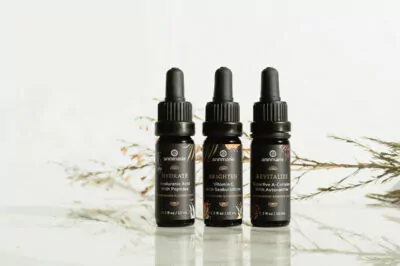

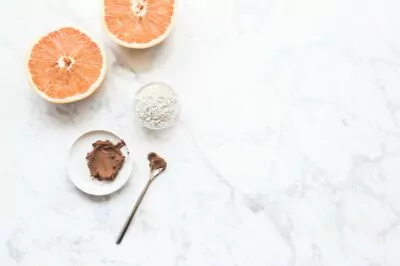

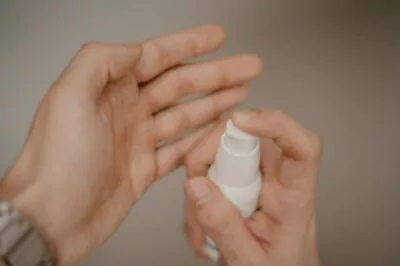
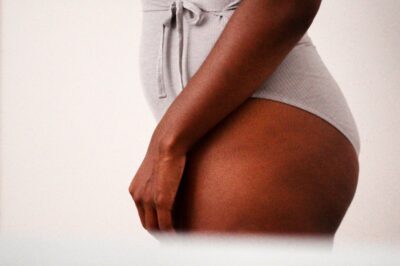
Have you experienced skin purging? What have you done to alleviate? Share in the comments below!